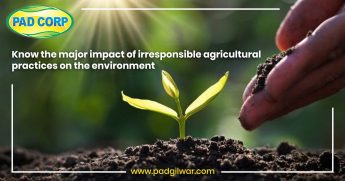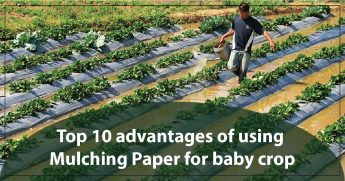PADGILWAR CORPORATION’S “Pad Corp Double Bull” is one of the market’s most well-known brands. Agriculture Sprayers are frequently used in agriculture, horticulture, sericulture, plantations, forestry, and gardens. It’s a battery sprayer that’s operated by hand and does a good job. Double Bull Battery operated Sprayer Pump is an example of the high-quality improvements that a group of educated specialists can…
Author: Sagar Padgilwar
What factors you should consider while selecting a Grass cutting machine?
There’s no denying that having a well-kept, lush green Farm enhances the appearance of your home. Keeping your Farm in good shape necessitates the use of the proper tools. To make your hard work rewarding and efficient, you must invest in the correct Grass cutting machine. Are you in the market for a new Farm-improvement machine? When buying a Grass cutting machine,…
ULV SPRAYER MACHINE AND ITS MAJOR ADVANTAGES
Spraying pesticides at a Volume Application Rate (VAR) of less than 5 L/ha for field crops and less than 50 L/ha for tree/bush crops is considered ultra-low volume (ULV). For airborne ULV application to forest or migratory pests, VARs of 0.25 – 2 l/ha are usual. ULV spraying is a well-established spraying technique that is still employed by cotton growers. It’s also been employed…
The Most Popular Battery Sprayers From Padgilwar Corporation And Their Distinct Features
To protect crops from pests, battery-operated sprayers are commonly employed in agriculture and landscaping. The crop productivity can be greatly increased by using this battery sprayer. In addition to its many applications, this device is extensively used in gardening settings such as gardens, plantations, etc. It requires little effort to operate and generates a lot of pressure. PADCORP is one…
Top 5 features of the Double Bull Battery Sprayer that set it apart from other battery pumps
“Pad Corp Double Bull Battery Sprayer” BY PADGILWAR COORPORATION are one of the well-distinguished companies in the market. They offer the Agriculture Sprayer machine that are widely used in agriculture, horticulture, sericulture, plantations, forestry, and garden. .It is hand operated battery sprayer with effective Work. Double Bull Pump is an example of what quality innovations a team of knowledgeable experts can bring…
How Padcorp’s Mobile Rice Mill can help in women empowerment?
Women in the world are actively working as leaders and exceeding others in many sectors of life these days. While the entire globe holds its breath and prays every day to escape from the COVID-19 Pandemic, it is the woman governors and nations led by these remarkable women who are shouldering the burden and going ahead alone in the struggle…
Top 5 uses of a Ulv fogger machine in this COVID circumstance
ULV fogger is designed to produce very small droplets, thus ensuring even coverage with low volumes. The equipment is based on aerosol, air-shear (mist-blowers, ulv sprayer machine), or better still, rotary nozzle techniques. An electrostatic charge may be applied to the droplets to aid their distribution and impaction (on earthed targets), but commercial equipment is rare at present. Ultra-low volume…
Depression and its consequences on Farmer Mental Health
Farmers are challenged with forecasting unpredictability due to the continuously changing weather. You may be aware of a farmer who is experiencing stress, anxiety, sadness, burnout, indecision, or suicidal thoughts. Farmers’ mental health can be harmed by excessive stress, but there is hope and support available. Don’t let yourself down if you want to live a better, healthier life PADCORP…
Know the major impact of irresponsible agricultural practices on the Environment
Our country is now self-sufficient in food production and exports excess food grains to international markets. However, as time passed, we lost sight of the concept of agricultural sustainability. Farmers have traditionally used a variety of methods to promote plant growth and disease resistance in their crops. However, as technology advanced and the use of fertilizers and pesticides increased, many…
TOP 10 ADVANTAGES OF USING MULCHING PAPER FOR BABY CROP
Mulching is a process of covering the soil with organic matter to improve plant growth and development. Mulching is the process of forming a protective layer around a plant. Mulch application is a time-honoured and effective technique.It benefits plant health by creating a microclimate around the root zone of the plant. Mulching is widely regarded as one of the most…









